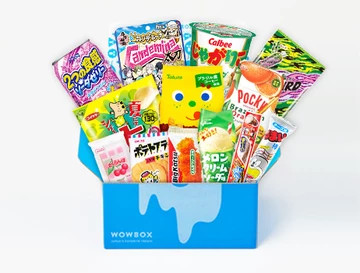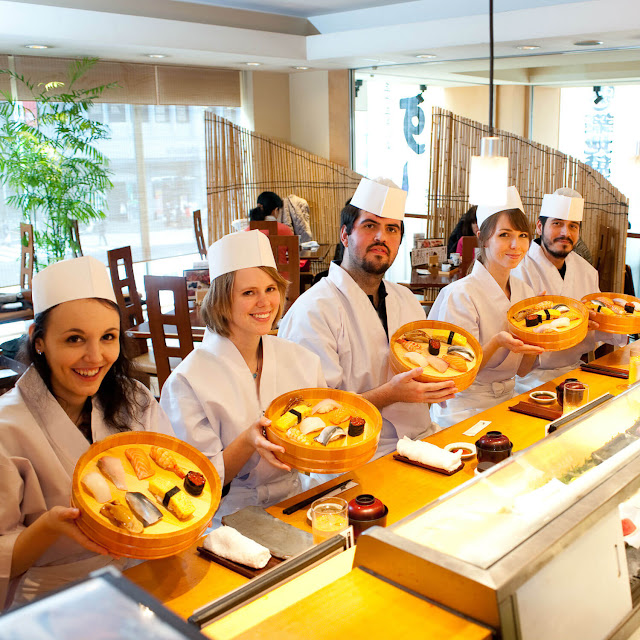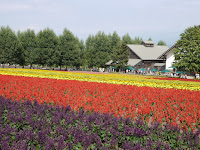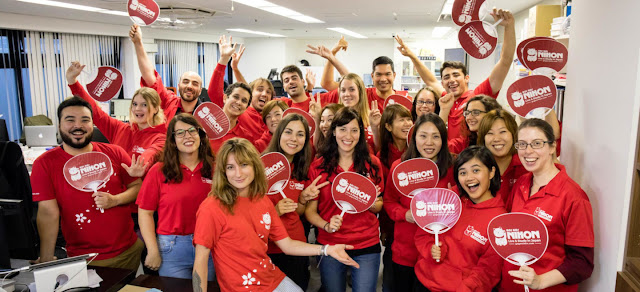WOWBOX is a Japanese snack subscription service that allows you to order your favourite Japanese snacks direct from Tokyo with just a click of your mouse button.
WOWBOX offer one-of-a-kind themed boxes of exclusive Japanese snacks delivered monthly to your doorstep with FREE worldwide shipping. They have four different themes on offer to suit everyone’s taste with one of the most popular being the ‘New & Limited’, which as the name suggests, is filled with new and limited time snacks found in Japan. The four themes include:
‘Fun & Tasty’ – WOWBOX’s original box designed for all lovers of Japanese snacks or those new to Japanese treats
‘Kawaii & Beauty’ – for those who love cute and dainty treats made for the health conscious with beauty-themed products and low-calorie snacks
‘New & Limited’ – a great selection of new and limited snacks from Japan for the Japanese snack connoisseur
‘Dagashi Box’ – a nostalgic collection of snacks that will remind you of childhood in Japan
You can find more information about all these boxes at the WOWBOX website.
I was recently sent a ‘Fun & Tasty’ WOWBOX full of tasty goodies to try during Obon in Japan. All the snacks were amazing with some cool and unique snacks that I haven’t even been able to find here in Japan at the supermarket or convenience store.
I was particularly excited about the Meiji Pucca Chocolate Box with its limited edition design featuring the Tokyo 2020 mascots, and the Ottotto Pokemon Box, which featured 40 different kinds of Pokemon shaped treats.
I was also really surprised to find included some special September WOWBOX items such as the new KOIKEYA [Feel Aloha] series potato chips in ‘Mango & Butter’ flavour and ‘Coconut & Salt’ flavour, both of which were tropical heaven in summer. To top that off, was the Country Ma’am Cookies in Vanilla & Strawberry Shortcake (a commemorative collaboration to celebrate its 35th anniversary as well as Hello Kitty’s 45th anniversary).
These 3 new & exclusive items are available to anyone who orders any large size box BEFORE August 31st 2019.
If you are keen to order yourself some amazing Japanese snacks visit the WOWBOX website and enter this exclusive Coupon Code JPAU2019 for Japan Australia followers to receive 10% OFF any large size box. Hurry as the offer expires on 9/15/2019.
You can follow WOWBOX on Facebook and Instagram to keep up to date with all their exclusive offers.

































